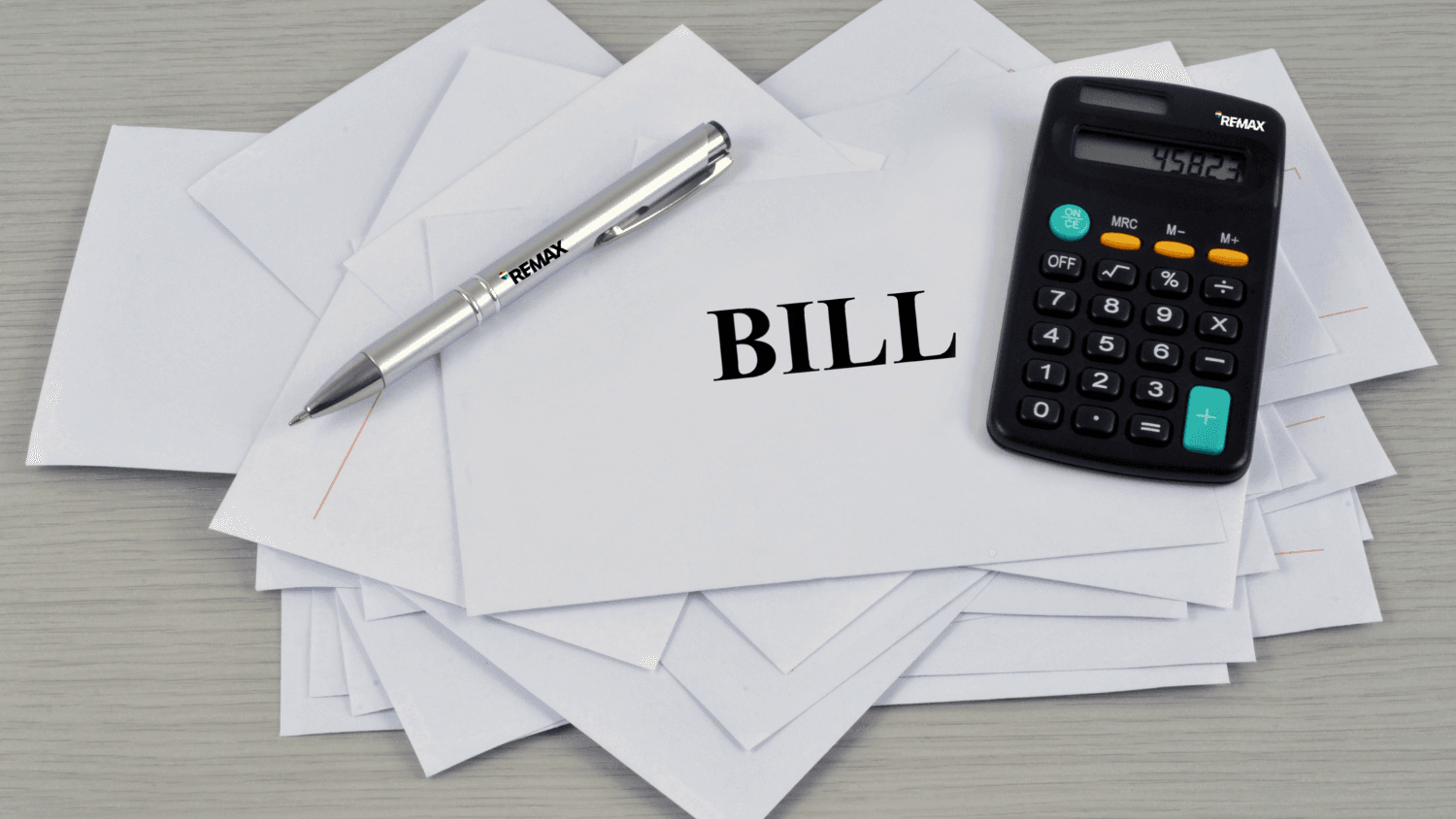The initial costs of owning a home can be a bitter pill to swallow but with careful financial discipline and planning, the dread of the pending debit orders will lessen over time. To make things more manageable, start by organising your finances into a real-time budget by recording your current expenses for the month. After this, you can work out realistic goals of how much you can afford to put away each month in order to make the initial costs of homeownership more bearable.
Step 1: Categorise
After listing all of your expenses, break down the list into the following categories:
1) Unchangeable Essentials = things like rent and insurance instalments
2) Changeable Essentials = variable costs such as groceries and petrol
3) Inessential Expenses = things like entertainment spending and shopping sprees
4) Long-Term Savings = payments towards pension funds and investments
5) Short-term Savings = informal savings schemes such as stokvels
Step 2: Cut Back
If you aren’t already putting away a healthy amount into savings, then you will need to cut back somewhere. Categories two and three are the easiest to cut back on to make more funds available for your savings. Cutting back on expenses in category one usually involves doing some research to find cheaper alternatives and the consequent process of switching or cancelling the fixed expense, so you might only want to review these only if you still are unable to reach your savings goals after cutting back on categories two and three.
Step 3: Set Goals
Setting savings goals is vital. Determine an amount that you would like to put aside each month that will help you afford the various expenses incurred when purchasing and owning a home. Do your research and find out what you can afford in monthly bond repayments – BetterBond has a great online affordability calculator that can provide this information to you free of charge. Then, chat to an estate agent to find out what you can expect to pay on rates on a property in this price bracket so that you can budget for it accordingly. You can also invest your savings into a tax-free savings scheme to help you reach your savings goals quicker.
Step 4: Crisis Cash
One of the things that stress new homeowners out the most is not having funds available for when things break or need repairing. If you are unable to make room in your budget for these sorts of expenses, make sure you’ve got some form of credit or overdraft facility set up to use in case of emergencies.
Step 5: Spend less than you earn
Although this is somewhat an oversimplification of the process, if you apply this kind of logic to your finances and invest the money you already have in a way that increases your total earnings, then you’ll find that homeownership becomes much more affordable.





